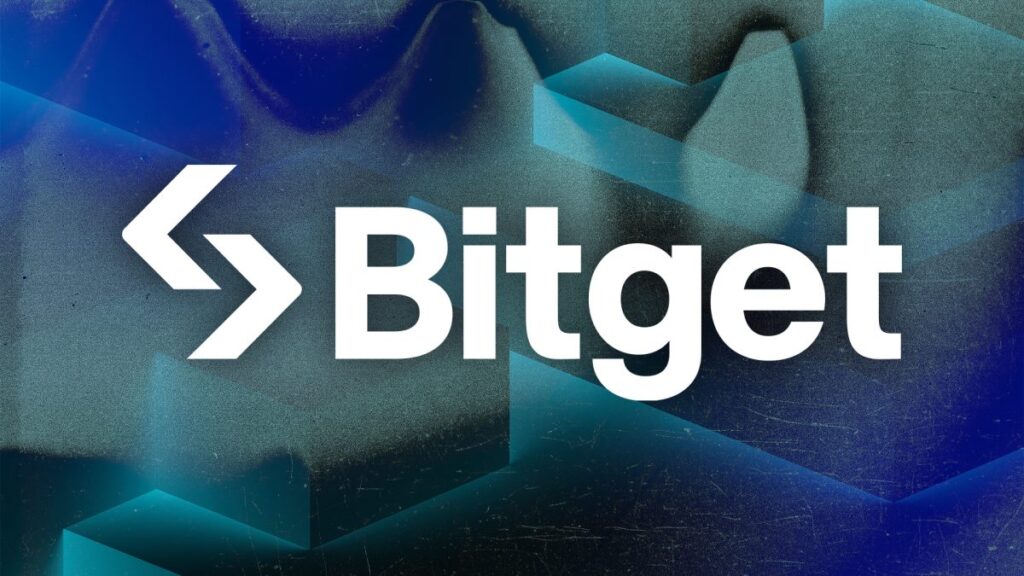Bitget, a major cryptocurrency exchange, is working with Indian regulators to secure the necessary licensing to operate in compliance with local laws.
The company announced on July 3 that it has been in active discussions with India’s Financial Intelligence Unit (FIU) to obtain Virtual Asset Service Provider (VASP) registration.
Simran Alphonso, Bitget’s head of global communications, emphasized the importance of this registration for tax compliance and operational transparency.
“It also provides a safe ground to host meetups, interact with the community and run educational drives. It makes a crypto exchange more reliable and credible,” Alphonso noted.
Alphonso further explained that FIU registration would enhance consumer protection by aiding in dispute resolution, fraud compensation, and support from civil forces in tracking down scammers.
Bitget currently operates in India but faces challenges due to the lack of VASP registration.
Alphonso stated, “There’s difficulty for new users to access Bitget apps on Google Play store and App store while existing users can use the app with all its available features.”
She did not specify the exact services Bitget offers its current users in India.
Despite these challenges, Alphonso expressed Bitget’s commitment to the Indian market, describing it as a “high-priority market” for the company.
READ MORE: Polkadot Treasury Reassures Community Amid Concerns Over 2-Year Budget Runway
Bitget’s move towards compliance follows recent approvals by India’s FIU for VASP applications from other major exchanges like Binance and KuCoin in May 2024.
These approvals reinstated their legal status in India after the FIU had issued noncompliance notices to nine crypto exchanges, including Binance and KuCoin, in late 2023.
Due to these compliance issues, apps from Binance, KuCoin, Bitget, Huobi, OKX, Gate.io, and MEXC were blocked on Apple’s App Store in India in December last year.
KuCoin reportedly paid a penalty of $41,000 and resumed operations in May 2024. The FIU also fined Binance $2.25 million for servicing Indian clients without adhering to local Anti-Money Laundering rules.
“Currently other global exchanges — like KuCoin and Binance — have paid penalties and are now completing the registration to restore full services.
“This is now the same case with Bitget — it’s applied for registration and is currently in talks with the regulators,” Alphonso stated.
To submit a crypto press release (PR), send an email to sales@cryptointelligence.co.uk.










